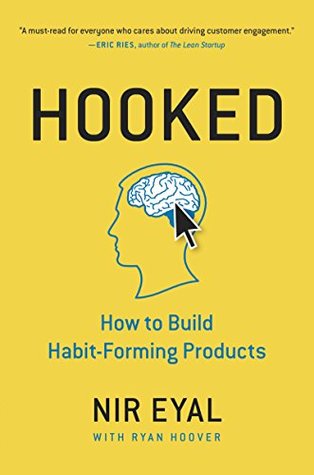More on this book
Community
Kindle Notes & Highlights
What do users really want? What pain is your product relieving? (Internal trigger) What brings users to your service? (External trigger) What is the simplest action users take in anticipation of reward, and how can you simplify your product to make this action easier? (Action) Are users fulfilled by the reward yet left wanting more? (Variable reward) What “bit of work” do users invest in your product? Does it load the next trigger and store value to improve the product with use? (Investment)
Let’s admit it: We are all in the persuasion business.
In this quadrant the sustainable business is not purely the game, the song, or the book—profit comes from an effective distribution system for getting those goods to market while they’re still hot, and at the same time keeping the pipeline full of fresh releases to feed an eager audience.
As described in chapter 5, Dan Ariely and Michael Norton have shown the effect small amounts of work have on the way people value various products. This so-called IKEA effect illustrates the connection between labor and perceived worth. It is reasonable to think that the more readers put into the Bible App in the form of small investments, the more it becomes a repository of their history of worship.
Humans are hardwired to value short-term rewards over long-term benefits.
Unlike competitors who went after vague behaviors like “build a healthy lifestyle,” Fitbod sought to own the internal trigger related to the uncomfortable feeling of uncertainty of not knowing what to do in the gym.
Let’s say that you’ve identified a few users who meet the criteria of habitual users. Yet how many such users are enough? My rule of thumb is 5 percent. Though your rate of active users will need to be much higher to sustain your business, this is a good initial benchmark.
As discussed in the first chapter, many habit-forming technologies begin as vitamins—nice-to-have
to-have products that, over time, become must-have painkillers by relieving an itch or pain.
Ryan Hoover’s writing has appeared in TechCrunch, The Next Web, Forbes, and Fast Company. After working on Hooked with Nir Eyal, Hoover founded Product Hunt, a company that has been described as “the place to discover the next big things in tech.”


